Keep Restaurant Equipment Safe: Proper Use of a Breading Station
May 7, 2018Keeping food safe and sanitary is vital for any restaurant.
A lot foodborne illness isn’t the result of the food itself, but rather a misuse of restaurant equipment that causes contamination.
A breading station is a piece of equipment that has a lot of opportunity for cross-contamination, since raw meat is used in it regularly. Make sure your policies and procedures reflect up-to-date safety standards and are strictly enforced.
What Foodborne Illness Can Do to Your Restaurant.
Your restaurant cannot afford to be known as the site of an illness outbreak due to carelessness. If negligence can be proved, you can be found liable for the sick person’s missed work, medical costs, and even long-term health.
There will be a lot financial consequences beyond the illness as well. You could be subject to regulator’s fines, increased insurance premiums, and may have to retrain your staff or close your restaurant temporarily.
In addition, you’ll suffer terrible bad press that can impact earnings for months or even years. In fact, being known as the source of foodborne illness due to misuse of restaurant equipment can cause your business to fail completely.
Foodborne illness can also affect your employees. If a staff member gets sick due to poor food hygiene, you’ll have to replace their hours and help others cover their work. You may even have to handle a worker’s compensation claim.
Avoid all of these by posting and enforcing food safety rules!
Breading Station Safety
In a commercial kitchen, your fryer can include a breading station right in front of the basket. This type of restaurant equipment helps ensure safety by minimizing the transport of raw meat, as well as keeping meat off of counters.
The breading station should be a removable bowl or basin. The breading mix, perhaps flour and seasonings, is placed in the basin. From there your cooks add the food and deposit it straight into the fry basket.
The first things that all fry cooks should know is to never mix meats in the same breading bowl, and to never follow meat with a vegetable. The breading basin should be replaced or dumped out and thoroughly washed before a new product is breaded.
Between batches of the same meat or vegetable, the breading mix must be kept colder than 41 degrees F. However, breading mix should never be kept overnight.
To help enforce these policies, remind your staff that it’s for their safety as well as the safety of the guests. It really does matter if you leave the flour out “just a few minutes” – anyone can get distracted. The kitchen manager should also make sure restaurant equipment and breading basins are clean and available so no one is caught short.
Get the Right Restaurant Equipment For Your Kitchen
At Tipton Equipment, we want to make it easy for you to find all the pieces your kitchen needs. We offer a wide variety of restaurant equipment, from grills to fryers to breading stations and more.
We’d love to help you outfit your restaurant with the best equipment available. Contact us today and let us know your needs!
Kitchen Equipment in Little Rock
Tipton Equipment Restaurant Supply has a selection of kitchen equipment in Little Rock that will help enhance the menu of any restaurant, deli, or supermarket. Our span of kitchen equipment will help you keep up with growing consumer demand for fresh, high-quality...
What You’ll Need: Arkansas Convenience Store Equipment Freezers and Refrigerators
Your convenience store can't just have any old piece of equipment.What’s a Convenience Store? A convenience store is what the name implies; a store of convenience in an easily accessible area where customers usually have a variety of household products, beverages,...
Commercial Ice Cream Freezer: Keeping it Clean
To many, cleaning an ice cream freezer merely means pulling out all the food and allowing the appliance to defrost. Defrosting is a vital step, but it is not the only thing that needs to happen to maintain a clean freezer. To ensure optimal performance and keep your...
Getting Your Commercial Kitchen Up and Running
Getting your commercial kitchen up and running. Serving Ware If there's nothing to serve the food on, there's no restaurant. You'll need tons of cutlery, plate ware, bowls, ramekins, cups, and glasses. Consider the number of tables you can fit in your restaurant and...
Safety Tips for Your Commercial Kitchen
Safety tips for your commercial kitchen to keep it running smoothly and keep disease out. A well-run commercial kitchen means maintaining the utmost cleanliness and safe conditions for your food preparation. If you were to contaminate an area with Salmonella or other...
Cooking Equipment You Need Today!
If you've ever attempted to purchase cooking equipment for a new kitchen or tried to improve the quality of tools in your current kitchen you've found that stocking up on high-quality kitchen essentials is much more complicated than it should be. Nowadays everywhere...
Cooking Equipment Disasters You Can Avoid
Cooking equipment disasters you can avoid through proper safety procedure and careful proceeding. Kitchens are the heart of the home, but they’re also home to a lot of cooking equipment that can pose safety hazards. Cooking fires top the list of things that can go...
Why You Should Maintain Restaurant Supplies Religiously
Excellent quality and well-functioning restaurant supplies are the backbones of a restaurant’s success. While you may be able to operate a restaurant without regular equipment maintenance in the short run, the long-term effects will add up. Decreasing equipment...
What Restaurant Supplies Does Your Café Need?
What restaurant supplies does your café need? Our Pro's Do It All: Provide, Install & Maintain From soda fountains to most any frozen beverage machine, we offer a fantastic variety of beverage equipment and restaurant supplies. Tipton Equipment is one of the few...
Three Benefits of Using Used Kitchen Equipment
Three benefits of using used kitchen equipment are more straightforward than you would think. SavingsUsed kitchen equipment will save you thousands in, starting a restaurant. High restaurant failure rate leads to restaurant kitchen equipment only being in service for...
Kitchen Equipment Spotlight: How to Maintain a Commercial Freezer
Your commercial freezers are a vital part of your restaurant operation. They hold the food and supplies you’ve bought to keep them at their freshest until you need them. Unfortunately, when a freezer malfunctions, you can lose hundreds or even thousands of dollars’...
How to Run a Successful Event & Party Room
Do you have a large space in your restaurant set aside for special events and parties? Does it get reserved as often as you wished?If you’re like most restaurant owners or managers, the answers are yes and no. You probably have a space – almost everyone is expected to...
Philadelphia Outlaws Cashless: What it Means to You
In early March, Philadelphia became the first city in the U.S. to forbid restaurants from refusing cash payments. As of July 1, all Philadelphia restaurants will have to accept cash payments and cannot charge cash-paying customers more than non-cash ones. Several...
Types of Insurance Your Restaurant Needs
No one gets into the restaurant business thinking about insurance and paperwork, but it’s still an important part of doing business. Insurance helps protect you from natural disaster, theft, employee injuries, and liability. Many times you can get insurance discounts...
Control COGS in Your Restaurant
Restaurants are known for having razor-thin margins, but you can improve your profits if you have a good handle on your costs. That doesn’t mean you have to skimp on restaurant supplies, but it does mean you can be strategic about what you spend. Do you know your cost...

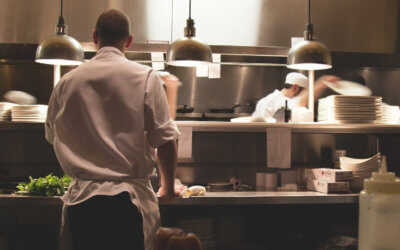
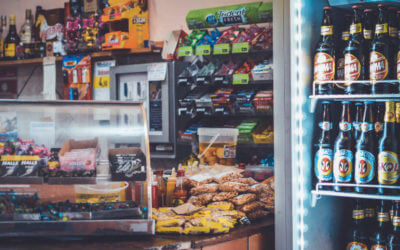

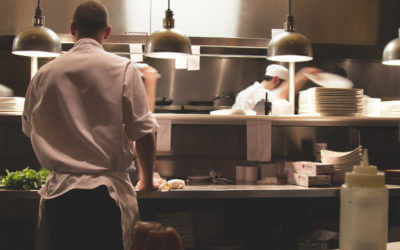
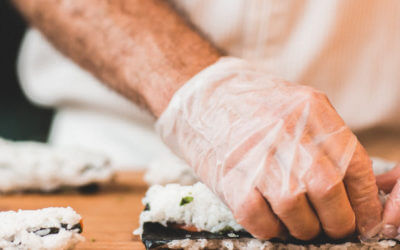
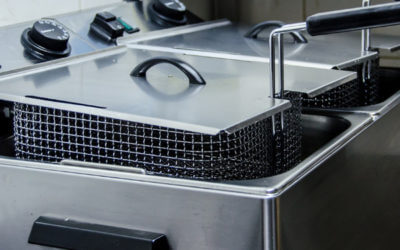
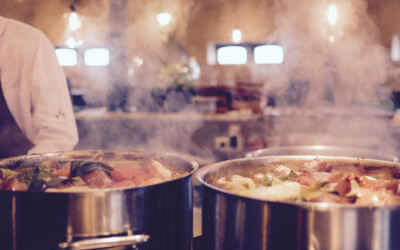
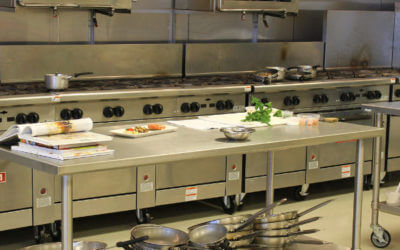

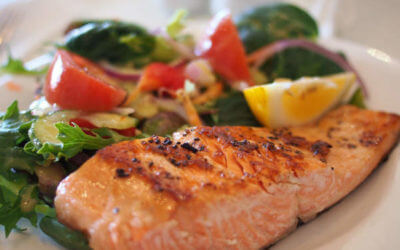
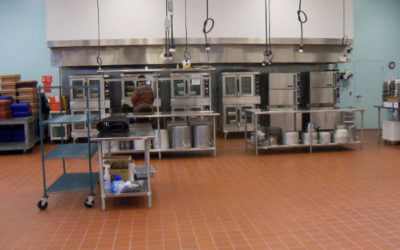


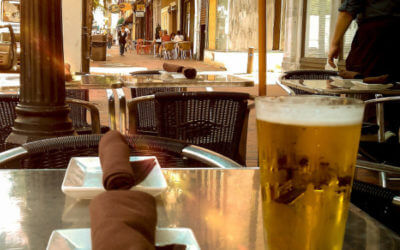

I applaud the writer for shedding light on this topic and emphasizing the significance of keeping restaurant equipment safe. Found the tip to never mix meats in the same breading bowl, and to never follow meat with a vegetable in order to avoid cross-contamination quite useful. In conclusion, mastering the art of breading goes beyond creating mouthwatering dishes; it involves a deep commitment to safety and best practices.